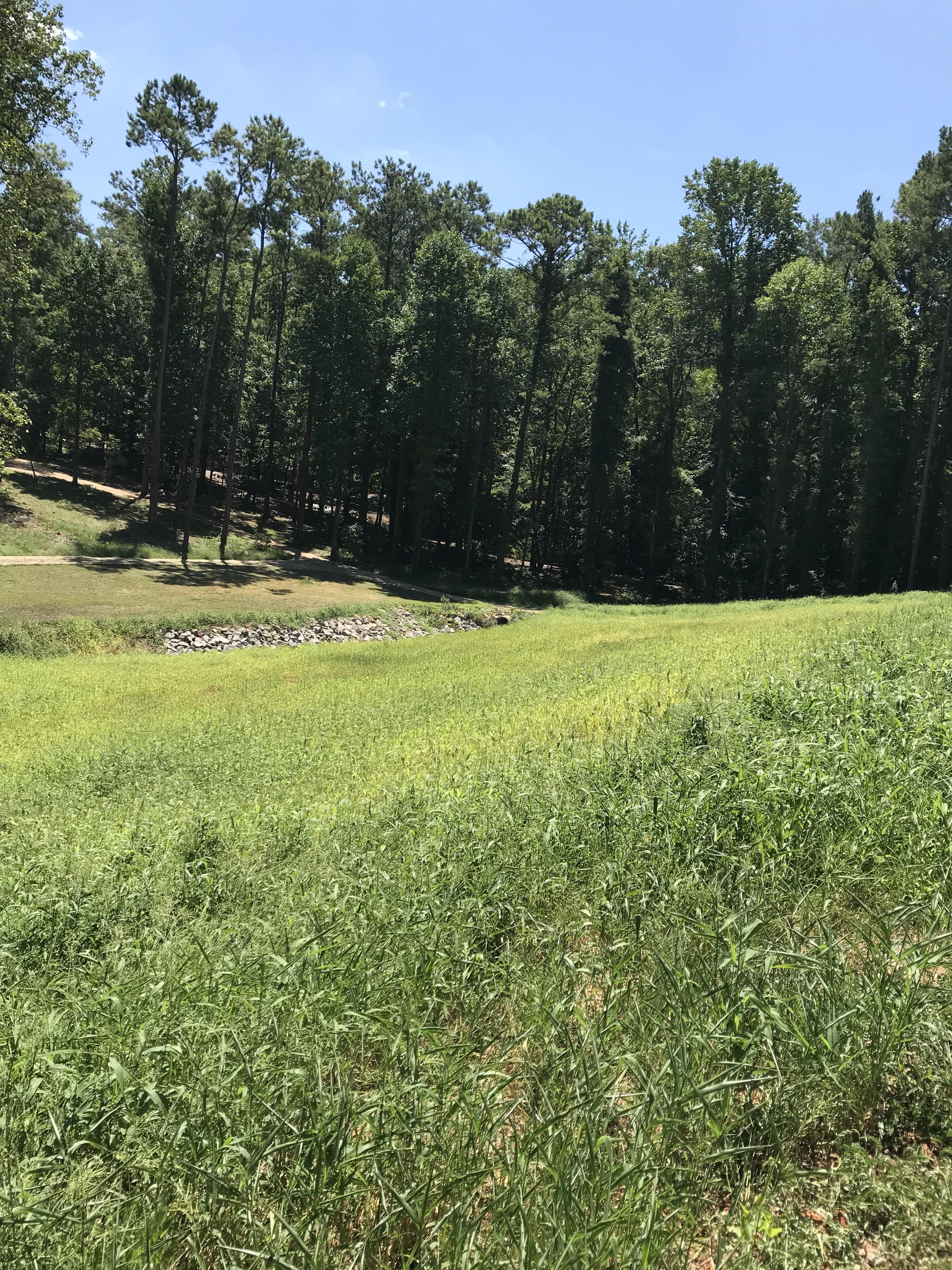Soil erosion is one of the most pervasive ecological problems facing the world today and though Alabama has made strides in the last couple of decades in reducing the rates of wind and water erosion, there is still a lot of work to be done.
Hydroseeding is one of the newest and most innovative ways that construction companies, farmers, state and county/city governments, and individuals are working to slow soil erosion in Alabama.
What is Hydroseeding?
Hydroseeding is the term used to describe the process of spraying a liquid mixture of seed, mulch, fertilizer, soil amendments, and water on exposed soil in order to grow perennial grasses.
How Hydroseeding Acts as an Effective Erosion Control
Whenever a hydroseeding slurry is sprayed onto an exposed area of soil, the seeds within the slurry immediately get to work.
The slurry provides the perfect environment for these perennial grasses to grow.
Though hydroseeding provides vibrantly colored green fields that are much more aesthetically pleasing than a lot of exposed Alabama red clay, the real value of these hydroseeded grasses are the roots.
Perennial grass roots can extend up to 12 inches below the surface of the ground.
And these root systems don’t just shoot downward by one primary root. They are systems each comprised of thousands of tiny secondary roots extending outward from the primary root.
These expansive root systems work to hold the surrounding soil in place like a fence.
They don’t only work as a type of fence to hold the soil in place, these roots also absorb a lot of water.
This is a huge advantage to Alabama land holders, since Alabama is the 4th rainiest state in the United States.
If you leave soil exposed to Alabama rains, you can be assured that you will lose your property as you know it and be forced to pay for the damages that this flooding and erosion will inevitably cause.
The green grass above the ground resulting from hydroseeding also prevents soil erosion by providing a barrier between the wind and soil.

The grasses absorb the energy from rain droplets and lessen the impact that rainfall has on soil.
Grasses also slow the velocity of run-off whenever there is flooding.
This not only helps erosion control in the area where hydroseeding was done, but it also has a positive effect on the surrounding areas, even if they are areas of exposed soil.
Hydroseeding grows grasses on exposed Alabama soil to hold the soil in place, absorbs Alabama rainfall, creates a barrier between the soil and rainfall, and slows down run-off water.
““The care of the earth is our most ancient and most worthy and, after all, our most pleasing responsibility. To cherish what remains of it, and to foster its renewal is our only legitimate hope.””
Farmer & Writer, Wendell BerryThe Art of the Commonplace
Hydroseeding Is Cost-Effective
Although buying only seed and scattering it along the soil is the cheapest option for controlling soil erosion, it may not be the best for your site in the long run. Seed is more likely to grow less grass because it doesn’t have as many nutrients as hydroseeding.
Sod is the more established way of planting grass in large spaces, however, this is much more expensive than hydroseeding.
If you want to strike the balance between affordability and effectiveness, then hydroseeding is the right option for you to control soil erosion on your property or work site.
Burns Environmental provides hydroseeding in Alabama to control erosion in our state and to keep Alabama “The Beautiful.”
Contact us today for a FREE quote on your Alabama hydroseeding project!

